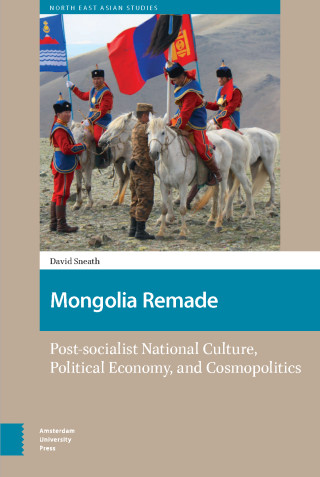"[...] this book provides important insights into current pastoral practices on the Mongolian Steppe. It illuminates the relationship between herders, their livestock and the environment which provides for their pastoral way of life.
[...] Nomadic Pastoralism among the Mongol Herders: Multispecies and Spatial Ethnography in Mongolia and Transbaikalia will be of tremendous
value to anyone interested in nomads of the Mongolian Steppe."
- Daniel J. Miller, Nomadic Peoples, Vol. 26, No. 2 (2022)
''The book is thus ‘an invitation to discover the complexity of the relationships that pastoralists maintain with the land they inhabit and their animals.''
- Juan Javier Rivera Andía, Anthropos , July , 2024

